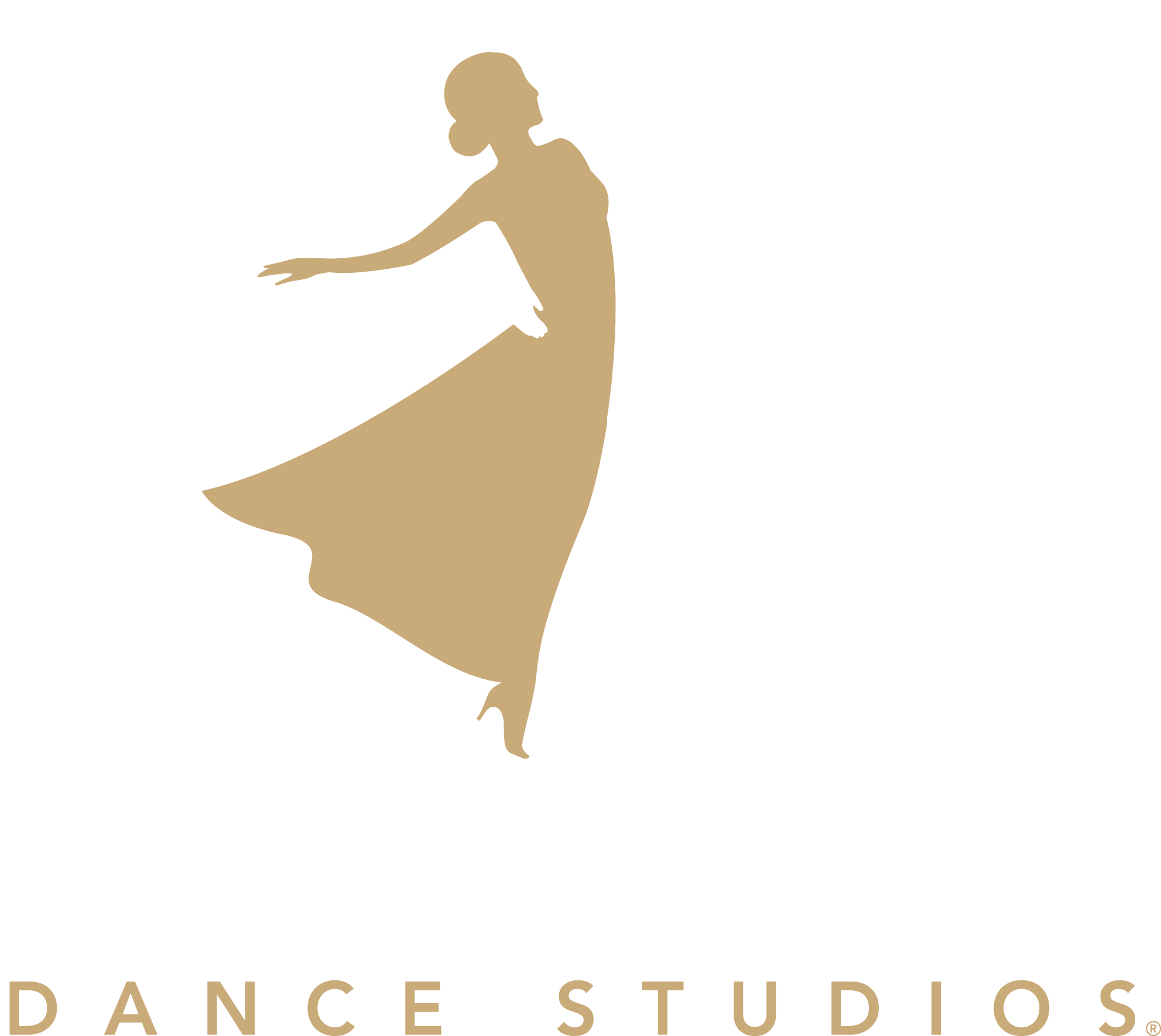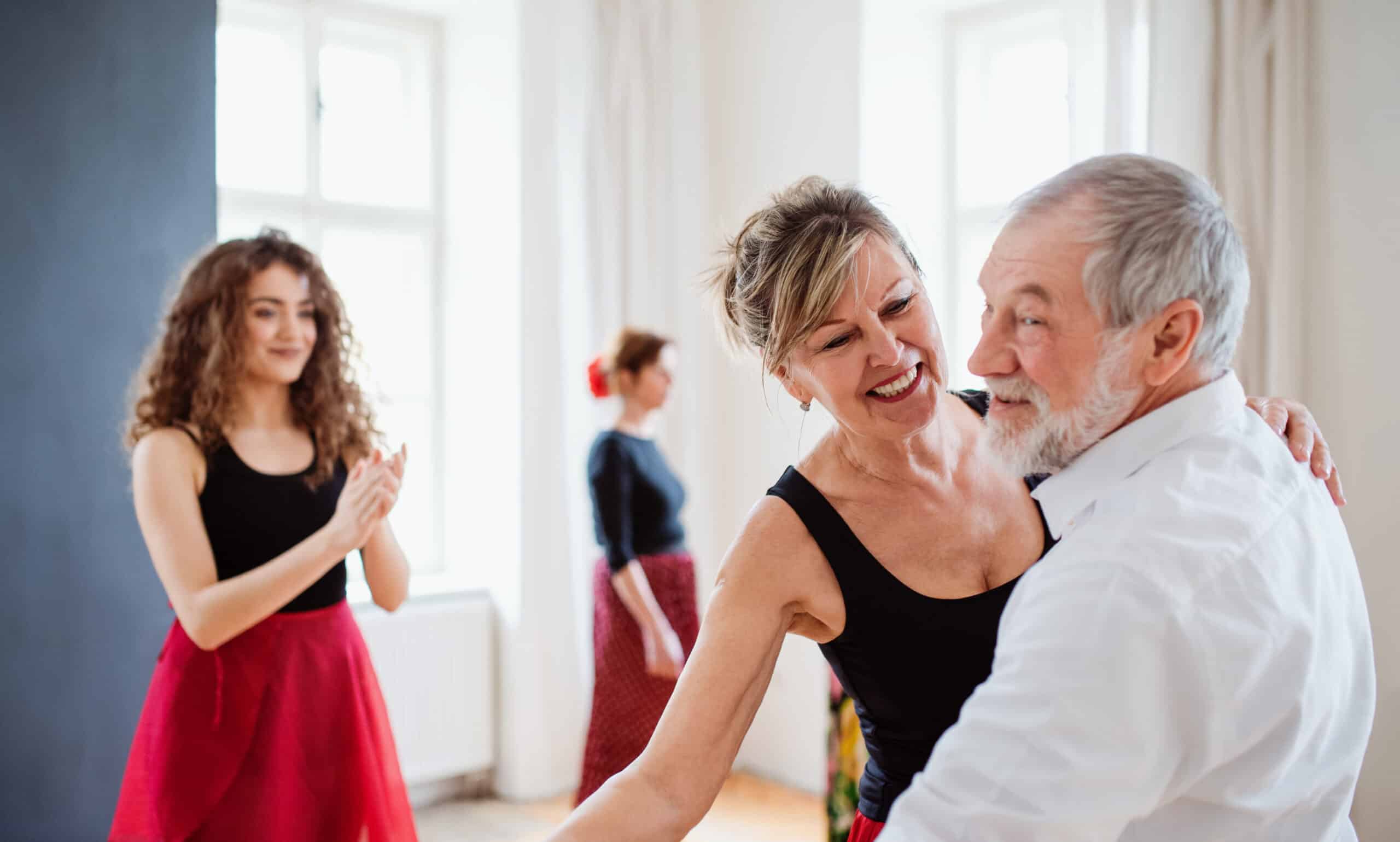If you’ve ever tried to remember where you left your keys, what you walked into the kitchen for, or the name of that actor from that one movie (you know, the one with the thing?), you already know how important it is to keep your brain sharp. Enter ballroom dancing: the workout your mind didn’t know it needed.
Most people think of dance as a physical activity — and it is — but what they don’t realize is just how much it works your brain. In fact, ballroom dancing is like a high-intensity workout for your neurons, disguised as an elegant glide across the floor.
The Mental Challenge of Movement

Unlike running on a treadmill (where your biggest mental challenge is deciding whether or not to keep watching the news on the gym TV), ballroom demands constant focus. You’re not just moving your body — you’re coordinating steps, staying on beat, remembering choreography, responding to your partner, and adjusting to the music.
It’s multitasking at its finest, and science agrees. A study from the Albert Einstein College of Medicine found that dancing frequently was associated with a 76% reduced risk of dementia. Why? Because learning and recalling steps engages the hippocampus — the part of your brain responsible for memory. Each step is like a push-up for your mind.
Ballroom DANCING as Brain Food
Think of dance like sudoku on steroids. You’re not just solving a puzzle on paper; you’re solving it in real-time, with your body, while music is playing, and someone is (hopefully) twirling you. That kind of active, embodied learning builds neuroplasticity — your brain’s ability to form new connections and adapt.
The best part? You don’t even realize you’re doing it. Instead of sitting at a desk straining your eyes on a crossword, you’re laughing, moving, and having fun while quietly upgrading your mental operating system.
Testimonial Highlight
“After six months of lessons, I noticed I was sharper at work meetings — remembering names and details more easily. I came for the dancing, but it’s like my brain got a tune-up.”
Maria, Houston, TX
The Secret Sauce: Presence
Ballroom forces you to be present. You can’t scroll through Instagram or daydream about your grocery list mid-foxtrot. When you’re focused on the rhythm and your partner, everything else fades. That kind of mental clarity is rare in today’s distracted world — and ballroom is one of the most joyful ways to practice it.
The Lifestyle Upgrade
Let’s be honest: “brain health” sounds about as exciting as eating kale chips. But ballroom makes it glamorous, social, and fun. Instead of Sudoku in silence, you get sequins, swing music, and maybe even a standing ovation at your next showcase.
So the next time someone asks how you keep your mind so sharp, you can smile and say: “I dance.”
Ready to give your brain a workout that feels more like a party? Try an intro class and see how ballroom keeps you light on your feet — and sharp in your mind.
Want to learn more?
Visit Fred Astaire Dance Studios’ guide to the Mental Benefits of Dance to explore the science behind movement and mindfulness and how dance supports cognitive health.
FAQs
How does ballroom dancing improve brain function?
Ballroom dancing challenges memory, coordination, and focus all at once. As you learn and recall patterns, your brain builds new neural pathways, improving cognitive function and long-term memory.
Can dancing really help prevent memory loss or dementia?
Yes. Research from the Albert Einstein College of Medicine found that frequent dancing is linked to a 76% reduced risk of dementia because it engages the hippocampus — the part of the brain that supports memory and learning.
What makes ballroom different from other workouts for the mind?
Unlike repetitive gym routines, ballroom dance combines music, rhythm, and social interaction — which activates multiple parts of the brain simultaneously, improving both mood and mental agility.
Is ballroom dancing good for stress relief and focus?
Absolutely. Dancing requires presence and mindfulness. When you’re focused on your partner and the music, your mind gets a break from daily stress — it’s like meditation in motion.
Can beginners get the same mental benefits as experienced dancers?
Yes! Even learning simple steps stimulates memory and coordination. The key is consistency — your brain benefits every time you dance, no matter your level.
How often should I dance to see mental benefits?
Just one or two sessions per week can start improving memory and focus, but regular practice — three to four times weekly — offers lasting benefits for both brain and body.


Leave a Reply